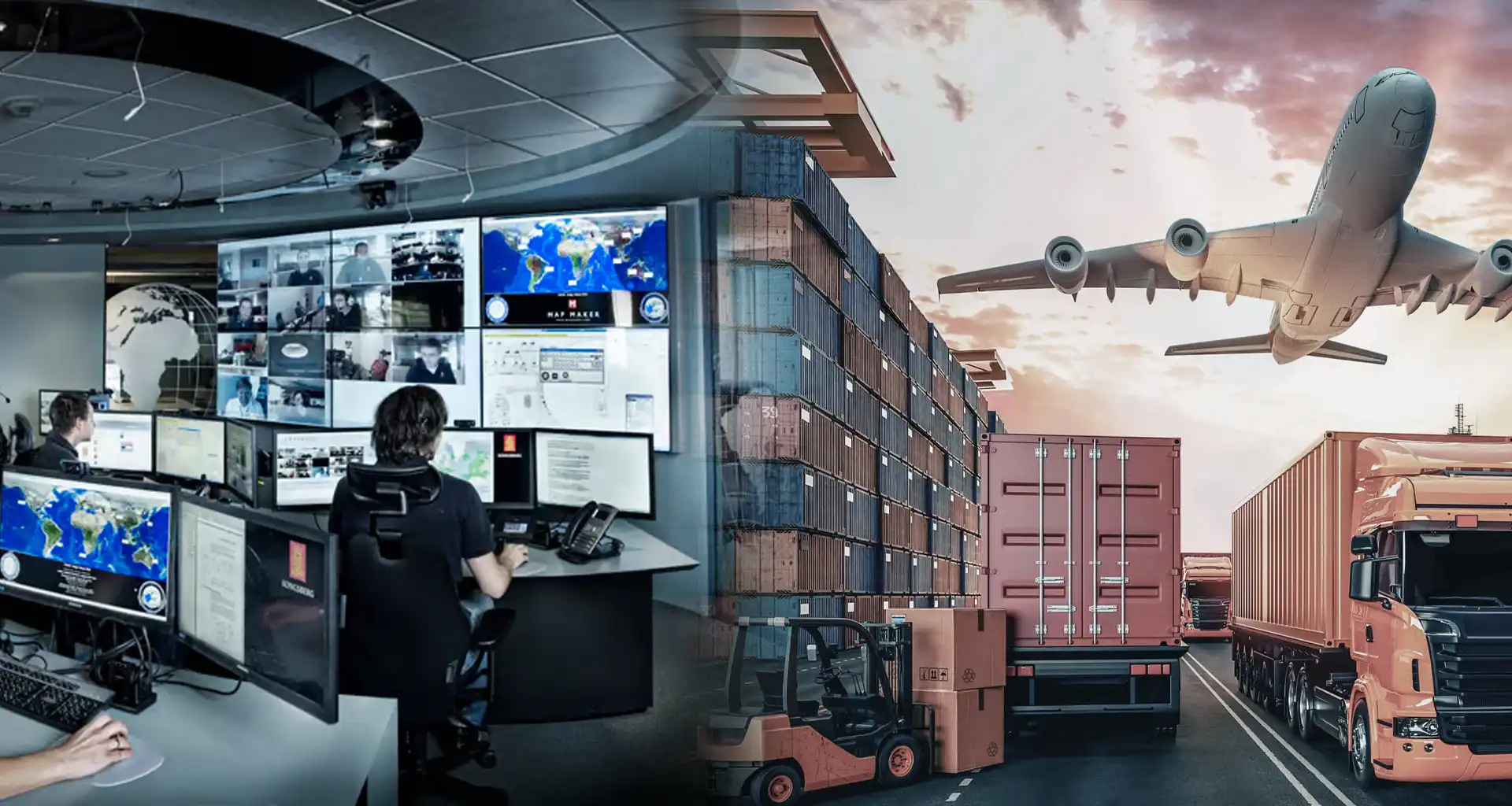Which is shaping the future of supply chains—Control Towers or Digital Twins?
In early 2025, geopolitical tensions in a key trade corridor caused a rapid spike in tanker rates within days—without any physical conflict. Minor electronic interference near major ports was enough to disrupt shipping schedules, influence insurance premiums, and create ripple effects across manufacturing and distribution networks worldwide. The event served as a reminder of how interconnected and vulnerable today’s supply chains have become.
This level of volatility shows that real-time visibility is no longer sufficient—businesses now need systems that anticipate risks before they escalate.
Control Towers have long enabled centralized monitoring and disruption management, but Digital Twins take it further by creating virtual replicas that simulate different scenarios, test outcomes, and optimize responses in advance.
By understanding the difference between these two approaches, decision-makers can transform reactive problem-solving into proactive resilience. Let’s explore how each works and where they fit in the modern supply chain.
Table of Contents
What is a control tower in the supply chain?
A control tower in the supply chain is a centralized platform that offers real-time visibility across operations, connecting data, processes, and stakeholders in one place. It functions as a monitoring and decision-making hub, enabling businesses to track the movement of goods, identify bottlenecks, and respond quickly to disruptions. By integrating multiple sources of information, a control tower helps maintain a clear picture of supply chain performance from end to end.
In modern supply chain management, disruptions can arise from factors like market fluctuations, transportation delays, or sudden demand changes. A well-structured control tower addresses these challenges by consolidating critical information and presenting it in an accessible format. This allows decision-makers to act quickly, resolve issues, and maintain service levels without compromising operational efficiency.
Advanced control towers often use technologies such as artificial intelligence, machine learning, and automation to analyze patterns, forecast potential risks, and recommend the most effective response strategies. These capabilities reduce reliance on manual processes, break down communication silos, and improve coordination among different teams and partners.
Beyond monitoring and analytics, a control tower also supports proactive management by identifying trends that may impact future performance. This combination of visibility, predictive insights, and collaborative tools strengthens supply chain resilience, improves efficiency, and enables faster adaptation to changing conditions.
What is a digital twin in the supply chain?
A digital twin in supply chain is a virtual representation of the entire supply chain, built to mirror its real-world structure, processes, and performance. It combines live operational data with advanced modeling to simulate how the supply chain behaves under different conditions. This approach allows organizations to visualize the impact of decisions before they are implemented, anticipate disruptions, and identify opportunities for improvement.
By creating a connected, data-driven view of supply chain operations, a digital twin helps in detecting bottlenecks, optimizing inventory, improving transportation planning, and testing design changes without disrupting actual operations. It also supports risk assessment, contingency planning, and forecasting, enabling more resilient and agile decision-making. Through these capabilities, the digital twin acts as a strategic tool to enhance visibility, efficiency, and overall supply chain performance.
What is the difference between a control tower and a digital twin?
| Feature | Control Tower | Digital Twin |
|---|---|---|
| Real-time Visibility | Provides a live, centralized dashboard for monitoring logistics, warehousing, and procurement. Visibility is usually limited to immediate events within specific functions. | Creates a dynamic, real-time virtual model of the entire supply chain, integrating data from all tiers for true end-to-end visibility. |
| AI and Machine Learning | Operates mainly on fixed rules and static logic, requiring manual updates to improve insights. | Continuously learns from new data, refining predictions and recommendations through machine learning. |
| Predictive Foresight | Identifies current issues such as delays or stock imbalances but lacks forward-looking analytics. | Analyses historical, real-time, and external data to detect risks early and support proactive decisions. |
| Scenario Simulation | Tracks operations but has limited ability to model alternative scenarios during disruptions. | Runs “what-if” simulations, testing different variables to find the most effective responses before acting. |
| Prescriptive Action | Relies on human judgment to decide on actions after an issue is detected. | Uses AI and simulation results to recommend or execute optimal actions automatically. |
| Value Maturity | Suitable for organizations beginning their digital transformation, focusing on visibility and operational coordination. | Designed for advanced supply chains aiming for agility, resilience, and continuous improvement. |
Conclusion
Global supply chains are evolving in a climate of uncertainty, where disruptions can emerge quickly and spread across multiple regions. In such an environment, speed alone is no longer enough — decisions must be informed, proactive, and supported by advanced insight.
Control towers remain valuable for enhancing visibility and coordinating day-to-day execution. However, their focus is often limited to monitoring current conditions and responding to immediate events. Digital twins expand this capability by creating virtual representations of supply chain networks, allowing organizations to simulate scenarios, assess risks, and evaluate strategies before they are put into action.
By integrating digital twins into supply chain planning and management, businesses gain a toolset that moves beyond observation to strategic foresight. This shift enables operations to adapt more quickly, balance resources effectively, and maintain performance even during complex or unexpected challenges.
The future of supply chain success will belong to those who combine visibility with intelligence — using systems that not only reflect the present but also prepare for what lies ahead. In this way, control towers and digital twins together form a pathway to more resilient, agile, and responsive operations.

